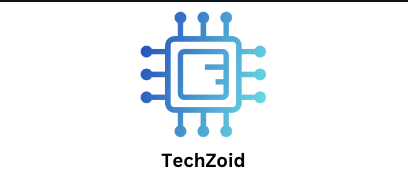What is SMS Verification Platform?
SMS Verification Platforms provide one-time passwords (OTPs) or verification codes to users’ phones by SMS. The user must input this code into the app or website to verify their identification or complete a transaction. This is called Two-Factor Authentication (2FA) or Multi-Factor Authentication.
The platform automates verification message sending and receiving between the company and telecom network. When you sign up for a new app or change your password, an SMS verification platform generates and sends the code. The system confirms that the user has access to the registered phone number using this extra step.
SMS Verification Platforms: Operation
SMS verification platforms are simple yet effective. Registration, login, and payment confirmation require a unique OTP, which the system produces. An SMS gateway sends this OTP to the user’s phone.
After receiving the code, the user must enter it into the platform within 30–60 seconds. The system checks the entered code against its produced one. If the code matches, access or transaction proceed. Otherwise, the system rejects the effort to prevent abuse.
Modern SMS verification services include automated APIs that work with websites, mobile applications, and business systems. High communication volumes, quick delivery, and real-time status updates are possible. Global delivery allows worldwide enterprises to validate users across nations and networks on some advanced systems.
Advantages of SMS Verification Platforms
1. Security Enhanced
SMS verification’s biggest benefit is greater security. Businesses prevent illegal access even if a password is compromised by mandating a mobile-based OTP.
2. User Comfort
SMS verification is straightforward. Most people can read and send text messages on their phones. This simplifies and speeds up the process without applications or technology.
3. Fraud Prevention
SMS verification reduces bogus signups, spam accounts, and fraud by checking phone numbers during account setup or transactions. Businesses can guarantee every user has a valid phone number.
4. Global Reach
SMS verification is international and internet-free. SMS is useful for foreign businesses since it may reach people in places with restricted data connectivity.
5. Cost-effective answer
SMS verification is cheaper than email or hardware tokens. APIs and pay-per-message make it scalable for startups and organizations.
Common Uses
SMS verification platforms are utilized throughout sectors. E-commerce enterprises employ them to verify customer registrations and transactions, reducing fraud. Financial institutions use SMS verification for online banking, payment approvals, and password resets. Social media networks check new accounts to reduce bot activity and ensure authenticity. Healthcare, education, and logistics use SMS verification to ensure data integrity and build digital trust.
Issues and Considerations
SMS verification is effective but not infallible. SIM swapping, delayed message delivery, and network disruptions can be problems. Users may change phone numbers or lose gadgets, disrupting verification. Businesses use SMS verification alongside email verification or biometric authentication to address these challenges.
Conclusion
Modern digital security and user authentication require an SMS Verification Platform. It’s reliable, user-friendly, and cost-effective for identity verification, fraud prevention, and business-customer trust. SMS verification is favored throughout sectors due to its many advantages over its downsides. SMS verification is essential to every organization’s security architecture as cyber threats change, guaranteeing secure and legitimate user interactions in a connected world.
